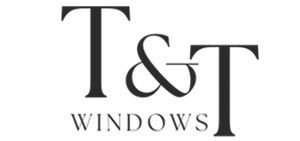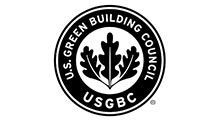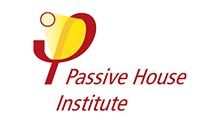Energy Reduction
T & T Windows
Revolutionize Your Home's Energy Efficiency
At T & T Windows, we're committed to helping Denver Metro area homeowners dramatically reduce their energy consumption. As Certified Passive House specialists, we offer window installation solutions that can lead to remarkable energy savings.
Our cutting-edge products and expert installation techniques can help you achieve:
- 90% reduction in heating and cooling needs
- 75% decrease in primary energy use compared to existing buildings
- Significant improvements in overall home comfort
- Lower utility bills and reduced carbon footprint
Ready to transform your home into an energy-efficient haven? Call or text T & T Windows today to learn more about our innovative solutions or request a free quote.
The Imperative of Energy Reduction in Modern Homes
In today's world, energy efficiency isn't just a luxury—it's a necessity. T & T Windows understands the growing need for homes that consume less energy while maintaining optimal comfort.
- U-Value: 0.20-0.28
A U-Value tells you how thermally efficient a product happens to be, lower numbers indicating better insulating properties.
- Heat Gain - Coefficient: 0.24
The fraction of solar radiation admitted through a window, door, or skylight -- either transmitted directly and/or absorbed, and subsequently released as heat inside a home. The lower the SHGC, the less solar heat it transmits and the greater its shading ability.
- Air Leakage: 0.20
Air leakage, or air infiltration, is the amount of air that passes through cracks in the window assembly, as well as the amount of air that leaks through the window frame due to window installation and sealing failures. The more air that can leak through a window, the less energy-efficient that window will be.
- Visual Transmittance: 0.48
To take account of different tastes and architectural styles, modern window technology can be realized not only in white but also in GEALAN-acrylcolor® or with a décor or wood-grain foil.
Don't let your home waste energy. Reach out to T & T Windows and take the first step towards a more efficient living space.
Experience the T & T Windows Advantage
When you choose T & T Windows for your energy reduction needs, you're partnering with a team that brings unparalleled expertise and commitment to every project.
Our advantages include:
- 50+ years of industry experience
- Locally and family-owned business
- High-quality, durable products
- Expert installation techniques
- Free quotes within 24 hours
- Comprehensive waterproofing and soundproofing solutions
Discover the difference that experience and dedication can make. Contact T & T Windows to discuss your energy reduction goals.
Embark on Your Energy Efficiency Journey Today
The path to a more energy-efficient home starts with a single step. T & T Windows is here to guide you through the process, from initial consultation to final installation. Our team of experts is ready to assess your needs, recommend the best solutions, and implement changes that will transform your home's energy performance. Don't wait to start saving energy and money—reach out to T & T Windows now and let's create a more sustainable future together.



Share On: